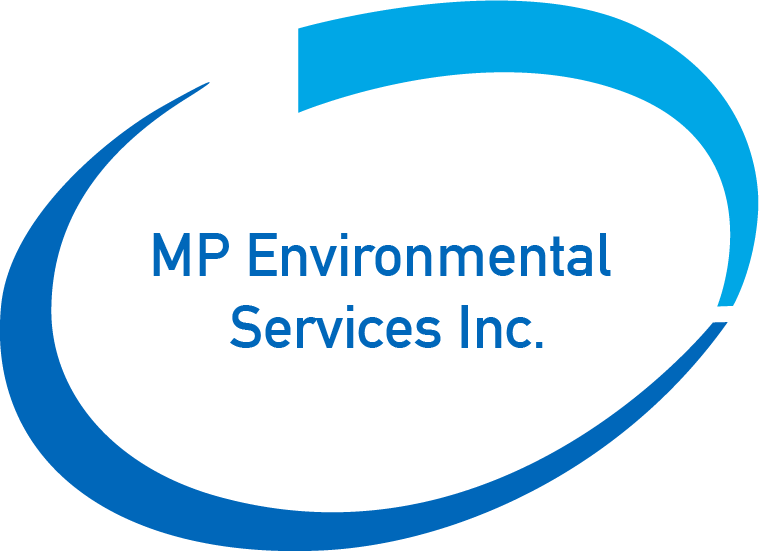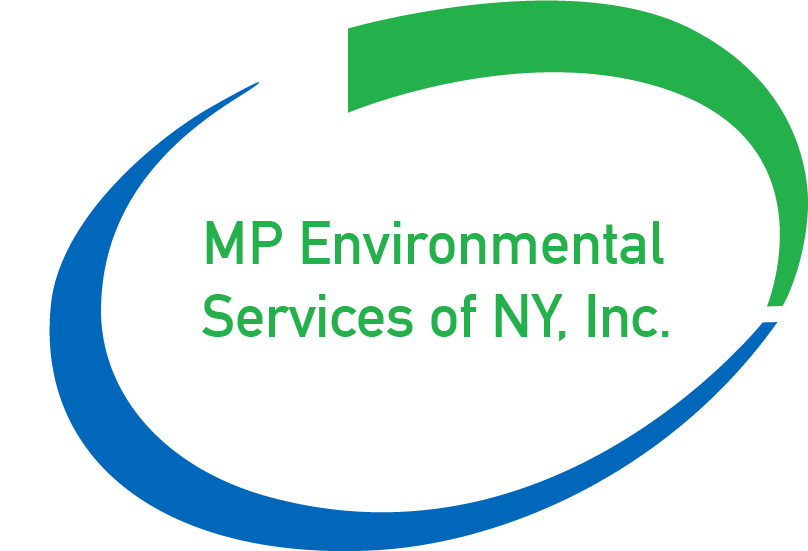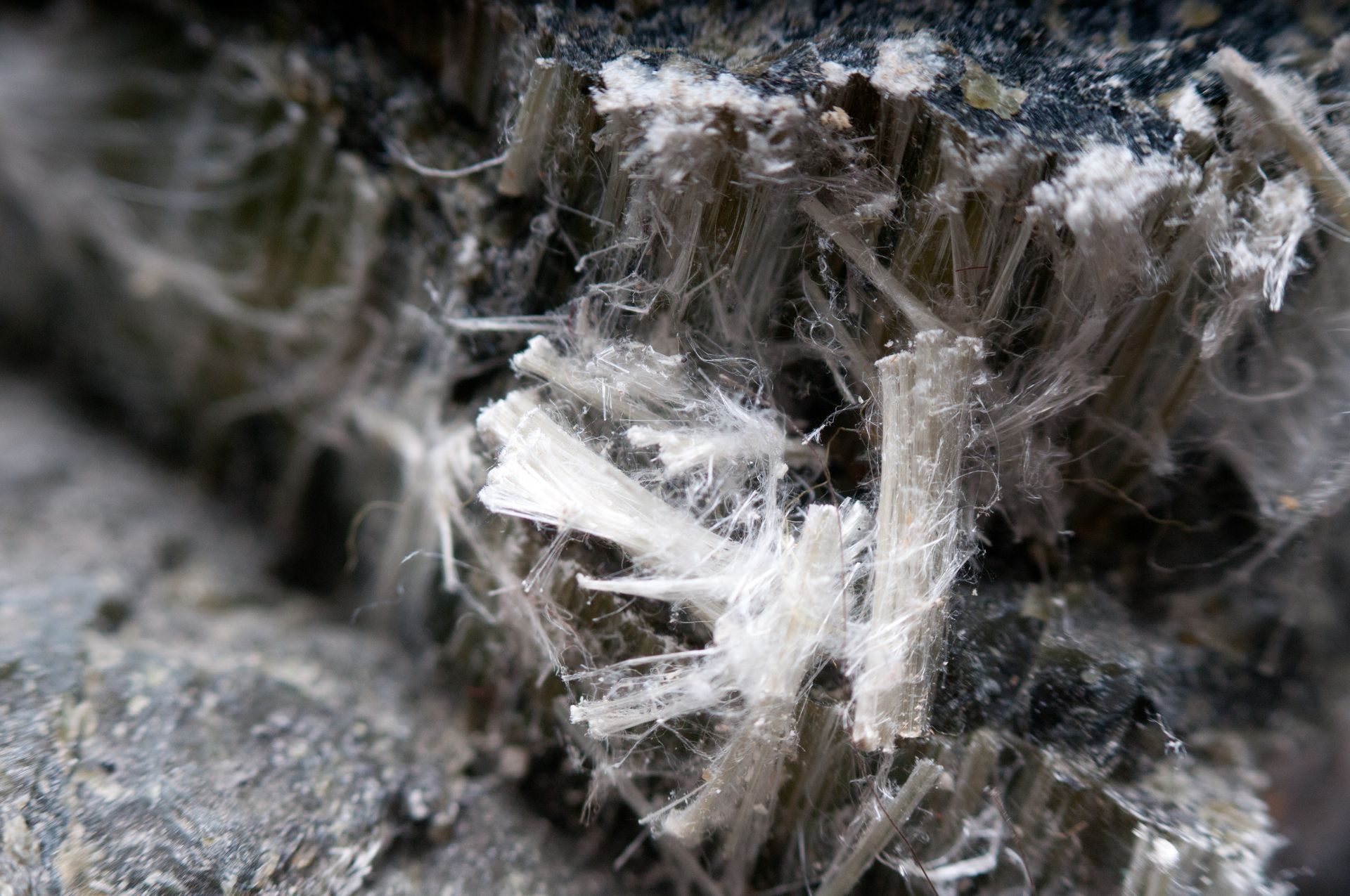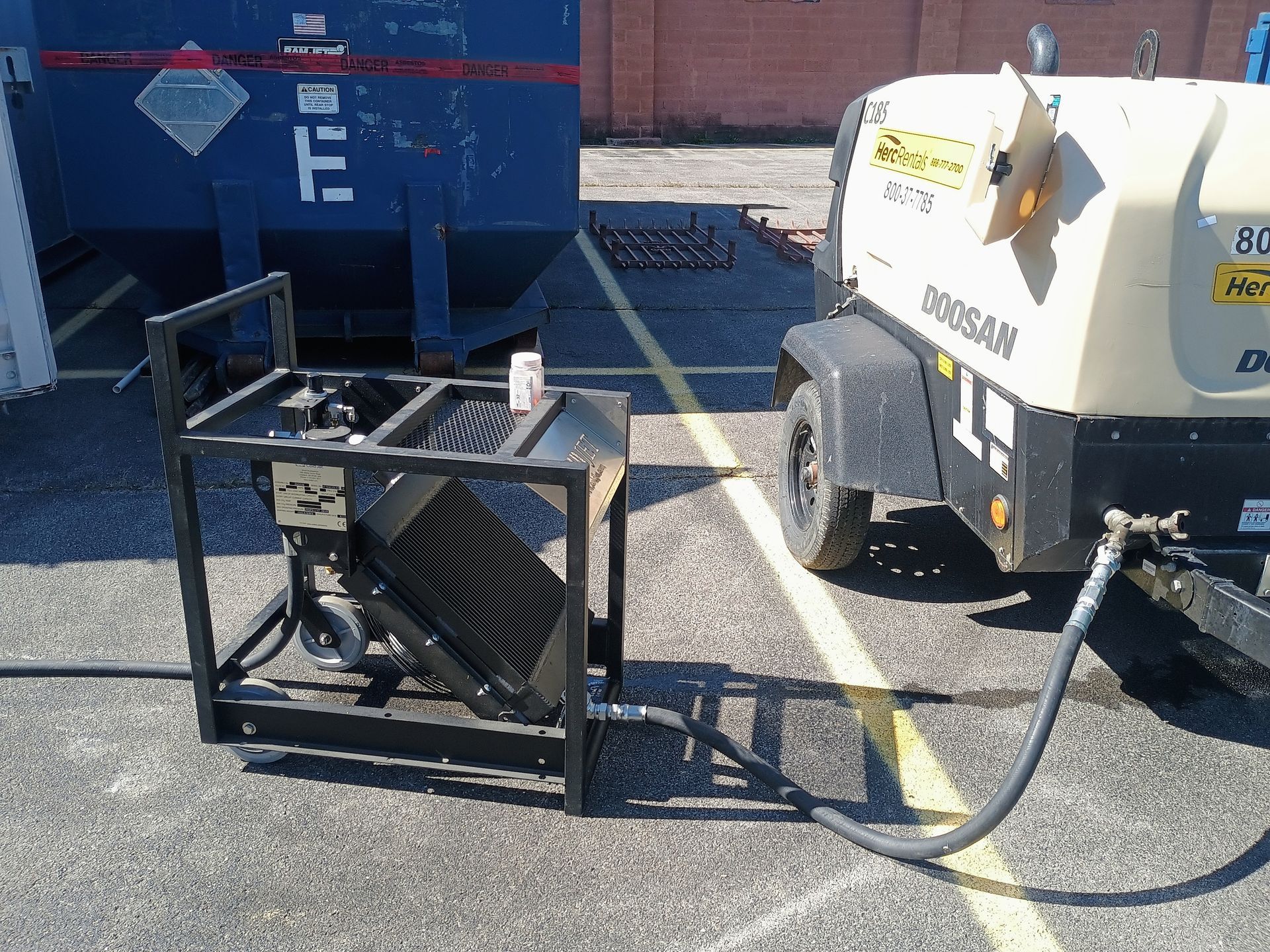The Dangers of Lead: Know the Facts
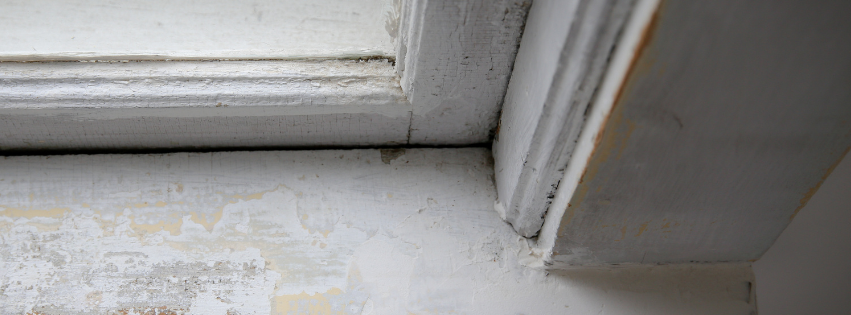
Understanding the Dangers of Lead:
Essential Facts for Protecting Your Health
Lead is a toxic metal that has been used for centuries in various products, from paints to pipes to gasoline. Despite its widespread use in the past, we now know that lead poses significant dangers to human health, particularly for children. Understanding the risks associated with lead exposure is crucial for protecting yourself and your loved ones from its harmful effects. In this blog, we’ll explore the dangers of lead, how exposure occurs, and what you can do to prevent it.
Health Risks of Lead Exposure
Lead is a potent neurotoxin, meaning it can cause serious damage to the brain and nervous system. In children, even low levels of lead exposure can result in developmental delays, learning disabilities, and behavioral problems. The effects are often irreversible, making prevention crucial. In adults, lead exposure can lead to a variety of health problems, including high blood pressure, kidney damage, and reproductive issues. Pregnant women are particularly vulnerable, as lead exposure can harm the developing fetus, leading to low birth weight, premature birth, and developmental problems.
How Lead Exposure Occurs
Lead exposure can occur in various ways, most commonly through ingestion or inhalation. One of the most significant sources of lead exposure is lead-based paint, which was commonly used in homes built before 1978. As the paint ages, it can chip or turn into dust, which can be ingested or inhaled, particularly by young children who may put their hands or other objects in their mouths after touching contaminated surfaces.
Another common source of lead exposure is contaminated water. This often occurs when lead pipes or plumbing fixtures corrode, leaching lead into the water supply. Drinking or cooking with contaminated water can lead to significant lead ingestion.
Lead can also be found in soil, especially in areas near older homes, industrial sites, or roads with a history of heavy traffic. Children playing outside can be exposed to lead-contaminated soil, which can be tracked indoors and spread throughout the home.
Symptoms of Lead Poisoning
Lead poisoning can be difficult to detect because its symptoms often resemble those of other illnesses. In children, common symptoms include irritability, weight loss, fatigue, abdominal pain, and vomiting. Behavioral problems and learning difficulties are also common indicators of lead exposure in children. In adults, symptoms of lead poisoning can include high blood pressure, joint and muscle pain, difficulties with memory or concentration, and headaches.
Preventing Lead Exposure
Preventing lead exposure is essential, particularly if you live in an older home or an area with known lead contamination. Here are some steps you can take to reduce the risk of lead exposure:
- Test Your Home: If you live in a home built before 1978, consider having it tested for lead-based paint. If lead is present, hire a certified lead abatement professional to safely remove or contain the hazard.
- Check Your Water: Have your water tested for lead, especially if your home has older plumbing. If lead is detected, consider using a water filtration system that is certified to remove lead or replacing lead-containing pipes and fixtures.
- Keep Your Home Clean: Regularly clean floors, windowsills, and other surfaces to remove lead dust. Use a damp cloth to dust and mop, as dry sweeping can spread lead dust.
- Practice Good Hygiene: Encourage children to wash their hands frequently, especially before eating. Wash toys, pacifiers, and other items that children frequently put in their mouths.
- Avoid Contaminated Soil: If you live in an area with known lead contamination, take steps to reduce exposure to soil. Cover bare soil with grass, mulch, or gravel, and avoid tracking soil into the house.
Lead is a serious environmental hazard with far-reaching health effects, especially for children. By understanding the dangers of lead and taking proactive steps to reduce exposure, you can protect yourself and your family from its harmful effects. Whether through testing your home, improving hygiene, or ensuring clean water, every effort counts in safeguarding your health against lead poisoning.


